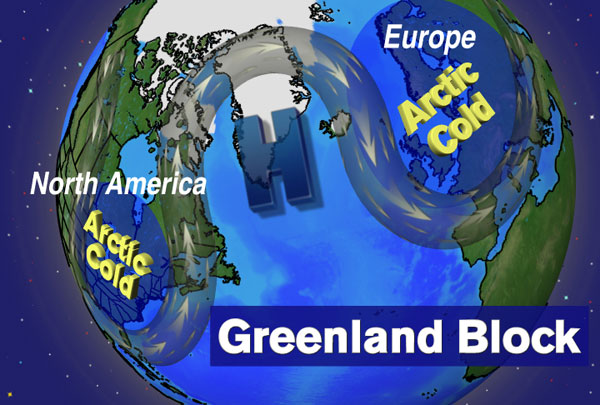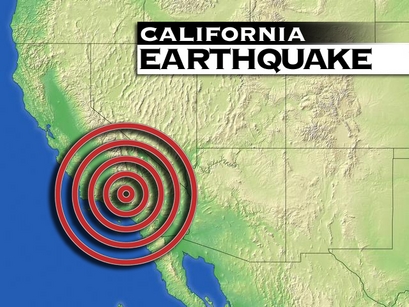The moon will block the sun in a potentially spectacular solar eclipse this week — a celestial event that will transform the sun into a cosmic “ring of fire” in the daytime sky.
The ring-shaped solar eclipse, known as an annular eclipse, will occur Thursday and Friday (May 9 and 10) Eastern time. Weather permitting, the eclipse will be visible in certain parts of Australia and the , where the local time will be Friday.
“Solar eclipses can be inspirational to students and others, so it is interesting to have everyone view the eclipse, but only safe methods of viewing should be used,” Jay Pasachoff, an astronomer at Williams College and chair of the International Astronomical Union‘s working group on eclipses, said in a statement. [See Spectacular Photos of a ‘Ring of Fire’ Solar Eclipse]
While nearly 95 percent of the sun will be covered by the moon at the eclipse’s peak, the sky will not be noticeably darker to the naked eye at any point, explained Williams College officials in .
For this reason, special protective lenses, camera and telescope filters and other methods of protection should be used in order to safely watch the eclipse even during full annularity, when the sun is silhouetting the moon.
The path of annularity passes through parts of , , and Western Australia, the and Queensland in Australia. Other nearby parts of the world will be able to see a partial solar eclipse, if weather permits.




